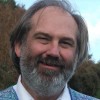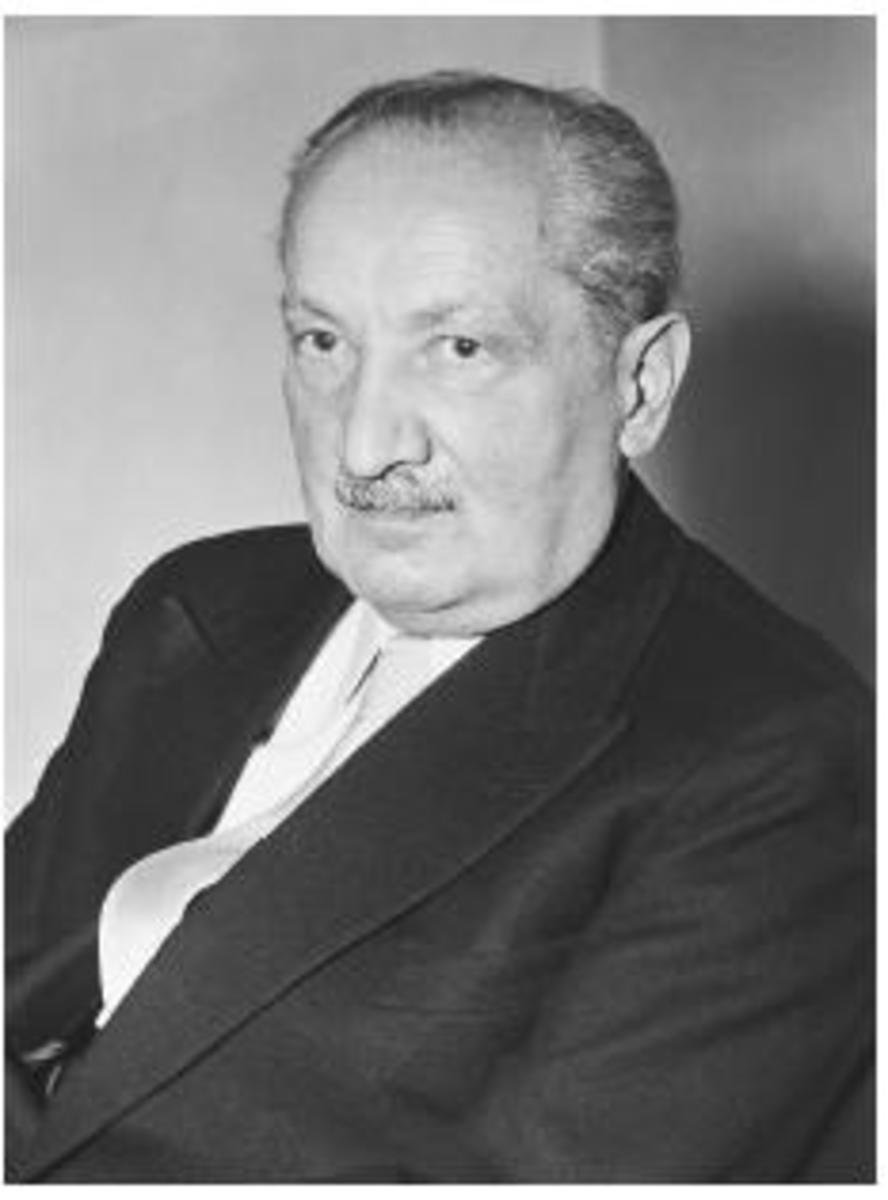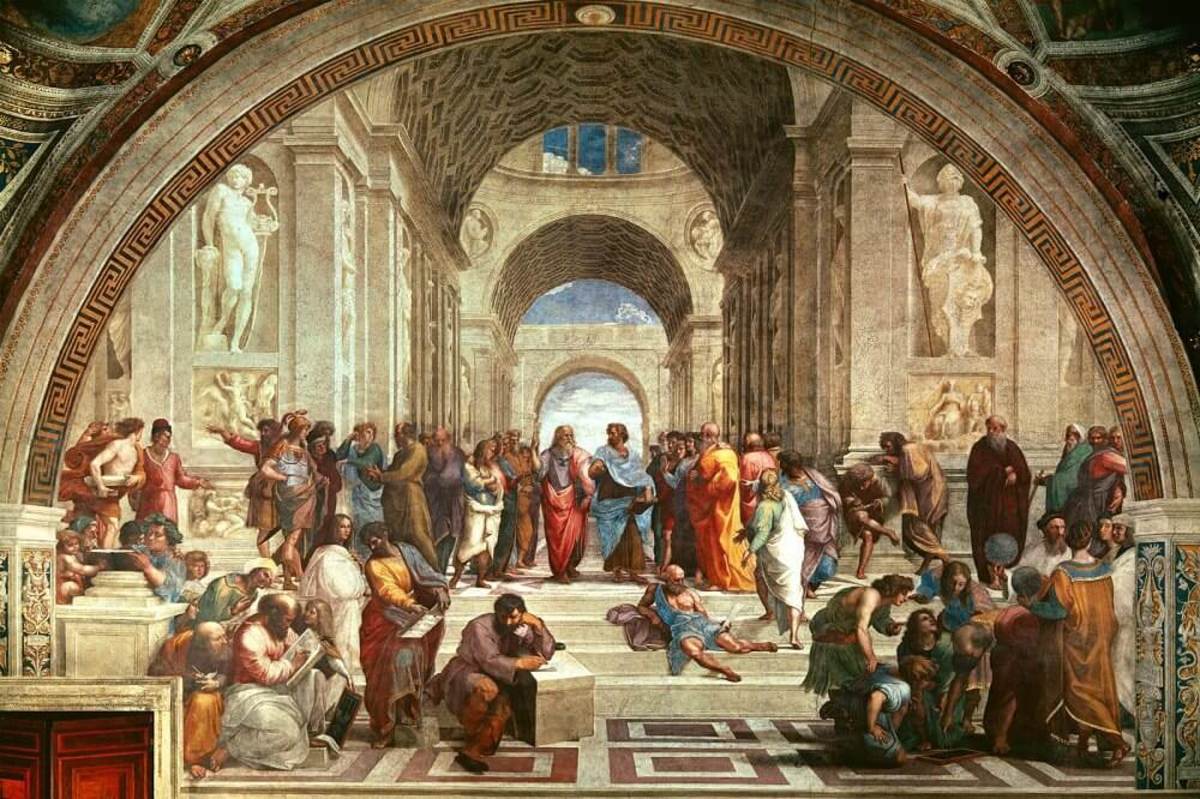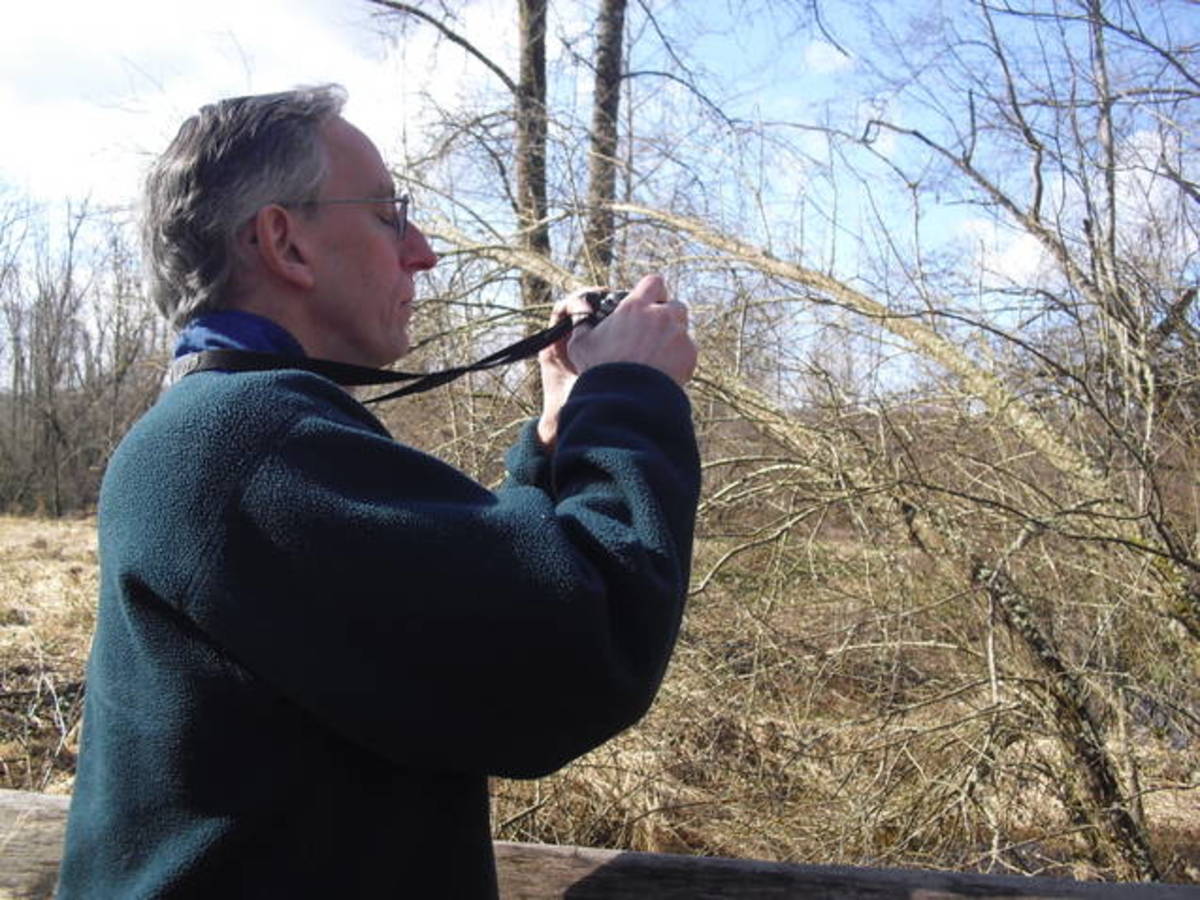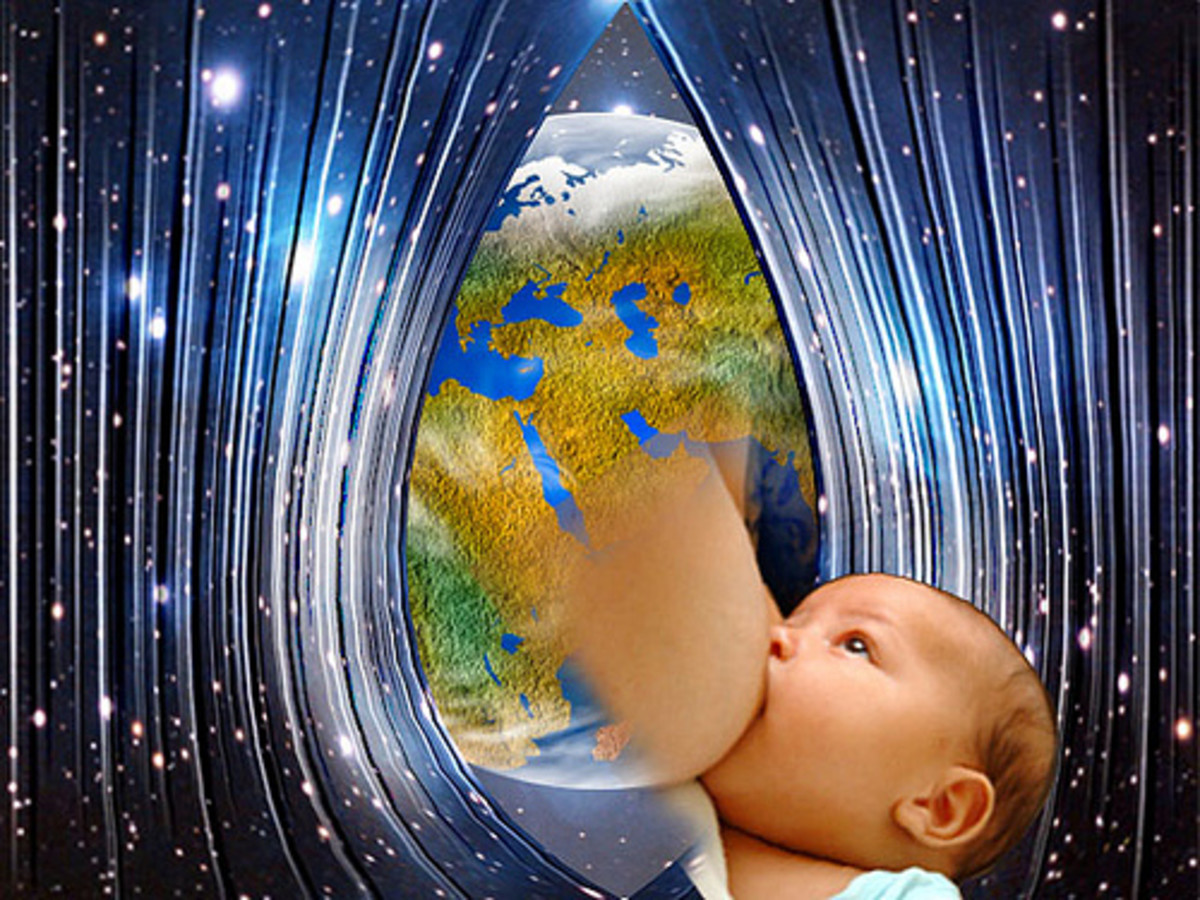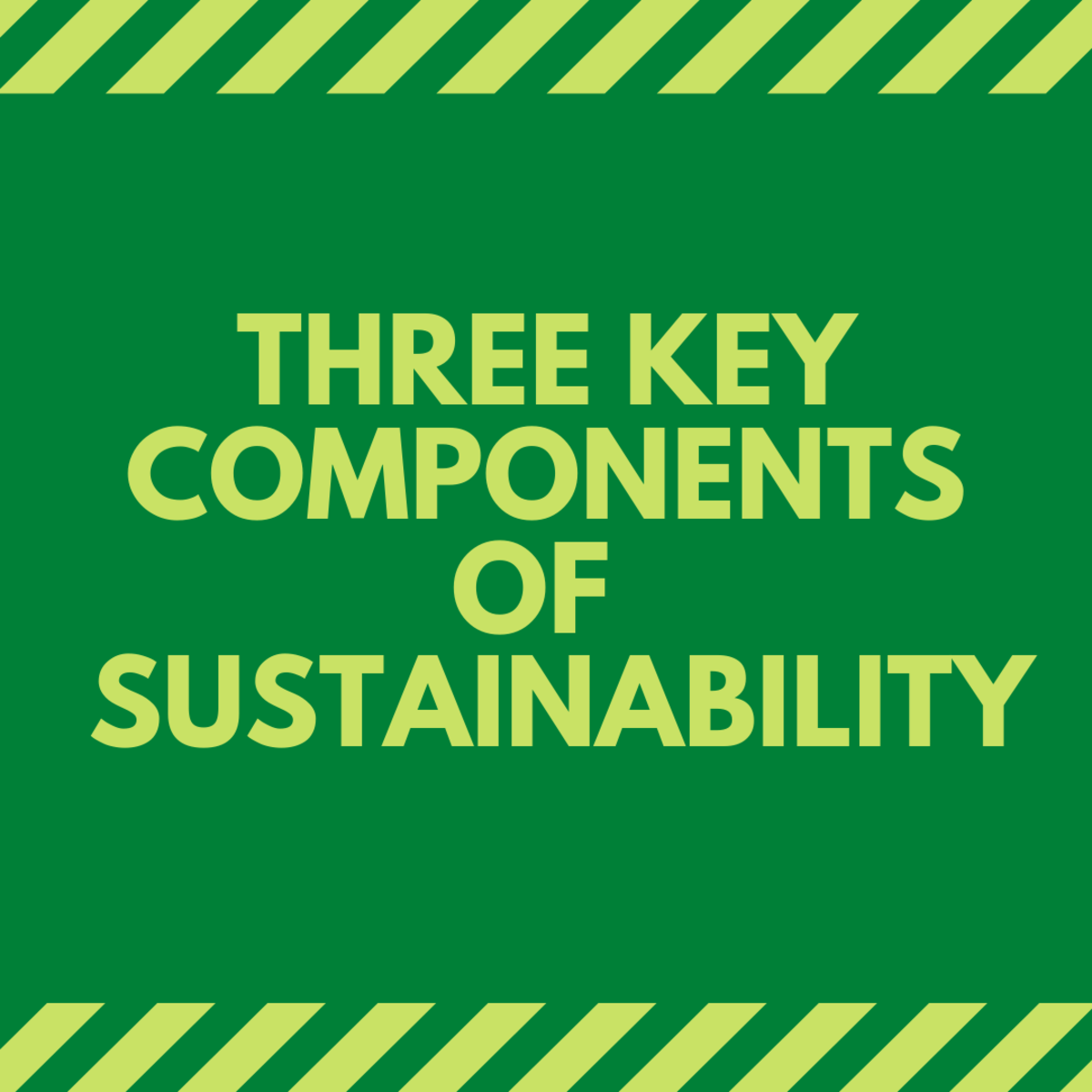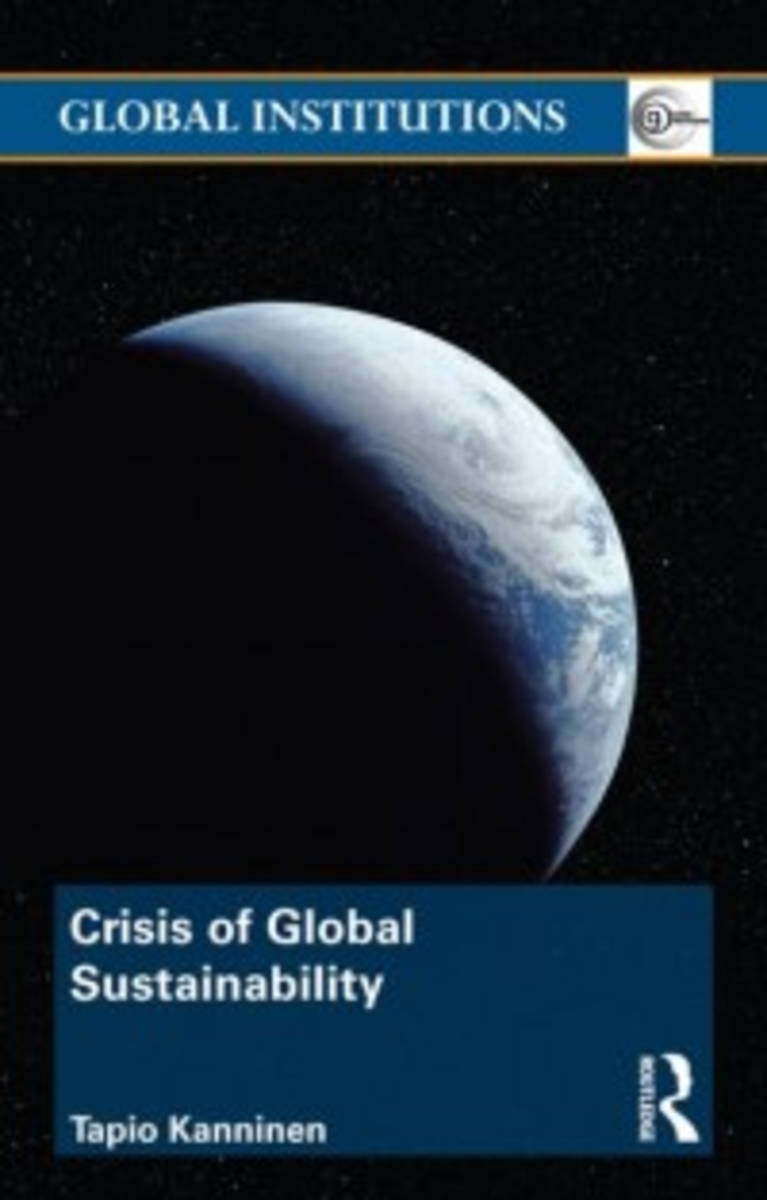Health, Wealth and Happiness
REDUCING SUFFERING BY MEETING HUMAN NEEDS
BASIC NEEDS
The World Employment Conference of I.L.O. in 1976 defined the five basic needs as:
- Food
- Health
- Clean water & sanitation
- Education
- Shelter
According to Dale Carnegie (author of "How to Win Friends and Influence People"), most people want the following: to Dale Carnegie (author of "How to Win Friends and Influence People"), most people want the following:
- Health and the preservation of life
- Food
- Sleep
- Money and the things money will buy
- Life in the hereafter
- Sexual gratification
- The well-being of our children
- A feeling of importance
Abraham Maslow stated that our needs can be divided into 5 groups:
- Physiological Needs
- Safety Needs
- Belonging Needs
- Self-Esteem Needs
- Self-Actualisation Needs
He also went on to state that you start at the first need and only once that is fulfilled do you then think about the second and so on. also went on to state that you start at the first need and only once that is fulfilled do you then think about the second and so on.
It is no surprise that both Dale Carnegie and Abraham Maslow have mentioned our physical needs of food, sleep, etc. What is surprising is that both mentioned other needs which are not obviously essential to biological survival yet they claim them to be vital to human life. In other words, both claim that human life is somehow a higher level of existence than that of an animal or plant.
OUR NEEDS AND THE LEVELS OF EXISTENCE
There are those who look at the external nature of humanity and see no difference with the rest of the biological kingdom. And in a sense, they are right. They will never see any real difference between us and all other living things if they only look on the outside.
When we look at the whole world we find that it is divided into four levels: non-living material and living plants, animals and humans - with materials at the bottom and humans at the top.
No one has any difficulty in recognising the difference between a living plant and one that has died and so fallen to the lowest Level of Existence, non-living material.
From plant to animal, there is a similar jump which enables the typical, fully developed animal to do things that are totally outside the abilities of the typical, fully developed plant. This difference is consciousness and it is easy to recognise consciousness in a dog, a cat or a horse, if only because they can be knocked unconscious, a condition similar to that of a plant: the processes of life continue but the animal has lost its higher powers that make it different to a plant.
Moving from the animal level to the human level, there are further gains in additional power. Some people claim that human life is no different from animal life. In fact, animal rights activists use the argument that as animals are no lower than people, they deserve the same rights as people. And it is this argument that puts the whole problem in a clear light. We talk about humans having rights which allow us to live our lives as individuals. Yet it is this concept of the value of the individual that is totally alien to the rest of nature. So is happiness, sorrow, love, creativity, malice and sadism - all the things that make human society stand out - which all depend on the value of the individual who feels them. This is known as "self-awareness".
PROGRESSIONS
ACTIVITY: The four Levels of Existence demonstrate certain progressions. Perhaps the most striking progression is the movement from being passive to active. At the lowest level, that of non-living matter, there is pure passivity. A stone is wholly passive, a pure object, totally dependent on circumstances. It can do nothing, organise nothing, use nothing. Even radioactive material is totally passive. A plant is mainly, but not totally passive; it is not a pure object; there is a certain limited ability of adaption to changing circumstances: it grows towards the light and extends its roots towards moisture and nutrients in the soil. A plant is to a small extent a subject with its own power of doing, organising and using. It can even be said that there is a suggestion of active intelligence in plants - though not as active as that of animals.
At the animal level through the appearance of consciousness there is a striking shift from passivity to activity. The processes of life are speeded up and activity becomes more autonomous, as evidenced by free and often purposeful movement - not merely a gradual turning towards light but a swift action to obtain food or escape danger. The power of doing, organising and using is immeasurably extended; there is evidence of an "inner life" of happiness and unhappiness, confidence, fear, expectation, disappointment and so on. Any being with an inner life cannot be a mere object: they are subjects capable even of treating other beings as mere objects, as the cat treats a mouse.
At the human level, there is a subject that says "I" - a person: another marked change from being passive to active, from object to subject. To treat a person as if he or she were a mere object is a perversity, if not a crime. No matter how much a person may be weighed down and enslaved by circumstances, there is always the possibility of self-assertion to rise above those same circumstances.
People can achieve a measure of self-control over their environment and thereby their life, using things around them for their own purposes. There appears to be no limit to our possibilities, although there are practical limitations which we have to recognise and respect in our everyday experience.
CAUSALITY: It is clear that at the level of non-living matter there cannot be a change of movement without physical cause so there is a very close linkage between cause and effect. At the level of plant this chain is more complex: physical causes will have physical effects as at the lower level (the wind will shake the tree whether it is living or dead) but certain physical factors act not simply as physical cause but also as stimulus. The sun's rays stimulate the plant which causes it to turn towards the sun. Its leaning too much in one direction causes the roots on the opposite side to grow stronger. At the animal level, cause and effect becomes still even more complex. An animal can be pushed around like a stone and can also be stimulated like a plant. But there is in addition a third factor that creates change which comes from inside: certain drives, attractions or compulsions of a totally non-physical kind which have been called motives. A dog is motivated (and so moved) not simply by physical forces or stimuli coming from the outside, but also by forces that definitely come from its "inner space": it jumps for joy on recognising its master and runs in fear on recognising its enemy.
At the animal level, the motivating cause has to be physically present to be effective. But at the human level there is no such need. The power of self-awareness adds for us another possibility for the cause of movement - will, that is, the power to move and act even when there is no physical compulsion, no physical stimulus and no motivating force actually present. There is a lot of controversy about will. How free is will? Nonetheless, despite the contoversy, it is quite clear that at the human level there is an additional possibility of the cause of movement - one that does not seem to exist at any lower level, For example, a person might move to another place not because present conditions motivates them to do so, but because they anticipate certain developments in their mind.
While these additional possibilities - the power of foreknowledge and with it the power of anticipating future possibilities - are no doubt possessed, to some degree, by all human beings, it is evident that they vary greatly and with most of us are very weak.
FREEDOM: With the progression from passive to active comes the progression from necessity to freedom. It is easy to see that at the material/physical level there is nothing but necessity. Non-living matter is what it is and cannot be anything else; there is no choice, no possibility of "developing" or in any way changing its nature due to the absence of any creative principle.
At the level of non-living matter, there is no "inner space" where any independent powers could be developed. As we shall see, "inner space" is the scene of freedom. We know little, if anything, about the "inner space" of plants, more of that of animals, and a great deal about the "inner space" of people - the space of the person, of creativity, of freedom. Inner space is created by the powers of life, consciousness and self-awareness; but we only have direct and personal experience of our own "inner space" and the freedom it gains for us.
Close observation discloses that most of us, most of the time, behave and act mechanically, like machines. The specifically human power of self-awareness is asleep, and the human being acts like an animal - solely in programmed response to outside influences. Only when we make use of our power of self-awareness do we climb to the level of a person; to the level of freedom. At that moment we are living, not being lived. There are still numerous forces of necessity, accumulated in the past, which determine our actions; but a small dent is made, a tiny change of direction is introduced. It may be virtually unnoticeable, but many moments of self-awareness can produce many such changes and even turn a given movement into the opposite of its previous direction. To ask whether the human being has freedom is like asking whether a person is a millionaire. They are not, but can become a millionaire by their actions. They can make it their aim to become rich; similarly, they can make it their aim to become free. In their inner space they can develop a centre of strength so that the power of their freedom exceeds that of their necessity.
UNITY: The is also a marked and unmistakable progression towards integration and unity. At the material level, there is no integration. Non-living matter can be divided and subdivided without loss of character, simply because at this level there is nothing to lose above the atomic level of integration. Even at the plant level, inner unity is so weak that parts of the plant can often be cut off and will continue to live and develop as separate beings. Animals, by contrast, are much more highly integrated beings. Seen as a biological system, the higher animal is a unity, and parts of it cannot survive separation from the whole. However, there is little integration on the mental plane; that is to say, even the highest animal achieves only a very modest level of mind and thought.
Humans have obviously much more inner unity than any being below us, although integration, as modern psychology recognises, is not guaranteed to us at birth and remains one of our major tasks. As a biological system, we are most harmoniously integrated; but on the mental plane, integration is less perfect but is capable of considerable improvement through training and effort. However, as a person - a being with the power of self-awareness - we are generally so poorly integrated that we experience ourselves as an assembly of many different personalities, each saying "I".
Total integration requires the creation of an inner unity which is a centre of strength and freedom, so that the being ceases to be a mere object acted upon by outside forces and becomes a subject acting from its own inner space into the space outside ourselves. It is very clear that "higher" always means and implies "more inner", "more interior", "deeper", "more intimate"; while "lower" means and implies "more outer", "more external", "shallower", "less intimate". This connection can be found in many languages, perhaps in all of them.
INVISIBILITY: The more "interior" a thing is, the less visible it is likely to be. The progression from visibility to invisibility is just another aspect of the Levels of Existence. Obviously the
terms "visibility" and "invisibility" refer not just to the visual sense but to all other forms of external observation. The powers of life, consciousness and self-awareness that come into focus as we review the four Levels of Existence are all wholly invisible: without colour, sound, "skin", taste, smell or weight. Nevertheless, who would deny that they are what we are mainly interested in? When we buy a packet of seeds our main interest is that the contents should be alive not dead, and an unconscious cat, even though still alive, is not a real cat for me until it has gained consciousness and acts like a cat.
We can all see another person's body directly. We see the lips moving, the eyes opening and shutting, the lines of the mouth and face changing and the body expressing itself as a whole in action. But the person themselves is invisible. If the invisible side of people were as easily seen as the visible side, we would live within a completely different humanity. But as it is and as we are, we live within a humanity of appearances. All our thoughts, emotions, feelings, imaginations, reveries, dreams and fantasies are invisible. All that belongs to our scheming, planning, secrets and ambitions, all our hopes, fears, doubts, perplexities, affections, speculations, ponderings, uncertainties, desires, longings, appetites, sensations, dislikes and likes, aversions, attractions, loves and hates are invisible. They make up "ourselves". We do not grasp that we are invisible. We do not realise that we are in a world of invisible people. So, reality is divided into the external world in which things are visible, that is directly accessible to our senses; and the "inner space" where things are invisible and are not directly accessible to us (except in the case of ourselves). We do not understand that life is really a drama between the visible and invisible.
The progressive movement from being passive to active, which we observe when reviewing the four Levels of Existence, is striking but not complete. A large weight of passiveness remains even in the most powerful and independent human being; while he is undoubtedly a subject, he remains in many respects an object - dependent upon and pushed around by circumstances. Aware of this, humanity has always used their imagination or intuitive powers to complete the process - to suggest the existence a Being who is completely active, powerful and independent; a person above all human persons, above all circumstances and situations, in no way an object but entirely in control of everything: a personal God, the "Unmoved Mover". The four Levels of Existence are thus seen as pointing to the invisible existence of a Level (or Levels) of Existence above the Human.
It is possible to imagine a Level of Existence beyond the human where they would exist in perfection. Perfect foreknowledge of the future would therefore be considered a divine attribute, associated with perfect freedom of movement and perfect freedom from being passive. The progression from physical cause to stimulus to motive and finally to will would then be completed by a perfection of will capable of overriding all the causative forces that operate at the four Levels of Existence known to us.
It is possible to continue this line of thought and so imagine a perfect being who is always and invariably exercising their power of self-awareness (which is the power of freedom) to the fullest degree, unmoved by any necessity. This would be a Divine Being, an almighty and total power, a perfect unity.
The progression from the wholly visible material to the largely invisible person can be taken as a pointer towards Levels of Existence above us which would be totally invisible to our senses, just as there is total visibility at the other end of the scale, the level of minerals. We need not be surprised that most people throughout most of human history implicitly believed in the reality of this projection; they have always claimed that, just as we can learn to "see" into the invisibility of the persons around us, so we can develop abilities to "see" totally invisible beings existing at levels above us.
SELF-ACTIVATION
Nature has left humanity incomplete. In the words of Captain Kirk in the episode of "Star Trek" called "I, Mudd", people need to strive to be human in order to be people.
Self-activation is about focus, focus of my entire being to one end: being the very best me I can be.
"What a piece of work is a person! How noble in reason! How infinite in faculty!" Because our power of self-awareness is limitless, our potential is infinite - it is not narrowly determined, confined or programmed. Werner Jaeger expressed a profound truth in the statement that, once a human potentiality is realised, it exists. The greatest human achievments define humanity - not the common ones, not the average behaviour or performance and certainly not anything that can be derived from the observation of animals.
DR CATHERINE ROBERTS: "All [people] cannot be outstanding yet all [people], through knowledge of superior humanness, could know what it means to be a human being and that they too have a contribution to make. It is magnificent to become as human [as you] are able. And it requires no help from science. In addition, the very act of realising [your] potentialities might constitute an advance over what has gone before."
"This open-endedness" is the wonderful result of the specifically human power of self-awareness which (as distinct from the powers of life and consciousness) have nothing automatic or mechanical about them. Essentially, the powers of self-awareness are a limitless capability rather than an ability. They have to be developed and "realised" by each human individual if we are to become truly human, that is to say, a person.
People recognised that the insides of a human looked remarkably like that of an animal. They also recognised that humans and animals were distinctly different. Humans thought, planned, talked, made laws and fought wars. Animals, on the other hand, could be useful to humans, providing them with commodities like food and clothing or providing them with amusement as pets. Animals could even be dangerous. However, they could not, threaten the supremacy of Homo sapiens as thinkers, talkers and planners. If the insides of humans and animals were so similar, what accounted for human superiority?
Along with human self-awareness comes a feeling of special insight into the control of our behaviour. We feel that we are free to decide, to do as we want - in other words, we feel like we have a will. We distinguish between automatic, reflexive behaviours and those that we choose to perform. Even when we find ourselves compulsively doing something we do not wish to do (smoking, being critical to others, or going out when we mean to study), we interpret these behaviours as resulting from failures of will: if we would just try harder, we could control our behaviour.
The desire for a feeling of importance is one of the chief distinguishing differences between mankind and the animals. It is what Freud calls "the desire to be great". It is what Dewey calls "the desire to be important". Lincoln once began a letter by saying: "Everybody likes a compliment". William James said: "The deepest principle in human nature is the craving to be appreciated". Note that he didn't speak of the "wish" or the "desire" or the "longing" to be appreciated. He said the "craving" to be appreciated. Here is a gnawing and unfaltering human hunger; and the rare person who honestly satisfies this heart-hunger will hold people in the palm of his hand and "even the undertaker will be sorry when he dies".
If our ancestors hadn't had this burning desire to feel important, civilisation would have been impossible. Without it, we should have been just about like the animals. It was this desire for a
feeling of importance that led an uneducated, poverty-stricken grocery clerk to study some law books that he found in the bottom of a barrel of household plunder that he had bought for fifty cents. You have probably heard of this grocery clerk. His name was Lincoln. It was this desire for a feeling of importance that inspired Dickens to write his immortal novels. This desire inspired Sir Christopher Wren to design his symphonies in stone. This desire made Rockefeller amass millions that he never spent!
LIFE AND HUMAN LIFE
Life is a strange word with many meanings but with little meaning for so many people who live it.
Some people claim that human life is no different from animal life. In fact, animal rights activists use the argument that as animals are no lower than people, they deserve the same rights as people. And it is this argument thats puts the whole problem in a clear light. We talk about humans having rights which allow us to live our lives as individuals. Yet it is this concept of the value of the individual that is totally alien to the rest of nature. So is happiness, sorrow, love, creativity, malice and sadism - all the things that make human society stand out - which all depend on the value of the individual who feels them.
Sadly, many peoples' lives lack happiness, creativity and a sense of achievement. Their lives resemble those of animals rather than of people. They are barely alive. They are just existing, living out routines and waiting for death.
Our lives both affect other lives and are affected by other lives. Each member of the human race has enormous potential to be and do many things. Each one of us has an incredible potential for life because of how we have been designed. Our body is brilliantly formed but the most exciting part has to be the nervous system and, in particular, the brain. The greatest supercomputers produced have trouble doing tasks that any average two year-old would find boringly easy. The two things that the majority of us do every day and take for granted (vision and language recognition which you are using to read this) scares the pants off of every computer going. There is much talk in computer circles nowadays about artificial intelligence. But quite frankly, this is nonsense at the moment because these computers are just not big enough or powerful enough to start imitating us. This human potential may be limited or developed by our surroundings. (Just think of the number of "supercomputers" being executed every day by hunger, abortion and illness just because of their surroundings!) The most important part of our surroundings is other people. And this is the real basis of all discussion on human freedoms: how should we limit or develop each other's potential?
The total freedom of life is possible through security and personal development by an educational system that maintains equal standards for all and encourages free expression providing that it does not reduce someone else's freedom.
Main Hub: Living Without Cruelty
Next Hub: Health, Wealth and Happiness
